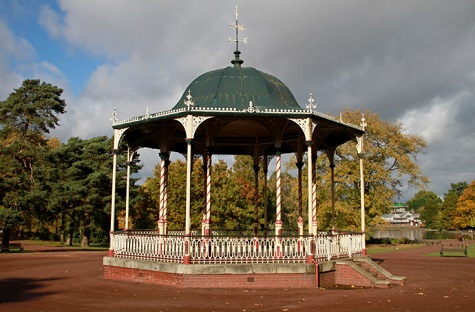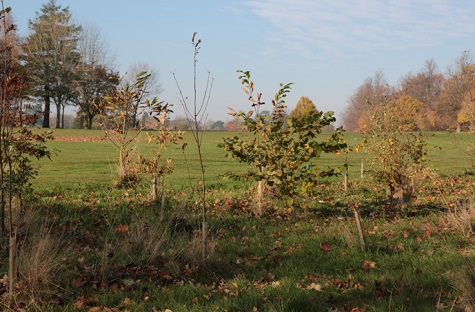This pandemic has certainly changed our lives in many ways and no doubt has made many of us reflect on our lifestyles to consider how we view and respect the environment in which we live.
During these extended periods of lockdown, we have all had to change how we go about our business and, more importantly, take the opportunity to exercise in our valuable public parks and open spaces.
This idea was discussed in a recent article entitled 'The role of public parks in the recovery: a discussion paper' by David Lambert of the Parks Agency. It highlights the importance of our green spaces.

We have seen widespread evidence of the importance of locally accessible public parks during the lockdown. Government insisted that parks stay open, effectively treating them as one of the essential services. Most parks managers have reported increases in visitor numbers during this pandemic.
As I have stated in previous articles, how can you put a price on value on these tracts of public open space? Yet we still do not spend anywhere near enough money on their upkeep and maintenance.
The Parks Management Forum, a newly formed organisation headed up by Paul Rabbits, has been set up to give a voice to parks professionals. Paul said, “We know more about these places than anyone. We work in them daily; we know our trees and our flowers, our water management and our ice-cream sales, but we also know our users; we know how vital parks are across our communities, and especially in poorer communities. These are not pay-per-entry leisure facilities or stately homes; free access to good quality parks and open spaces is as fundamental to physical and mental health as free access to health care.
“This Forum represents an unrivalled reservoir of understanding, expertise and dedication. Running parks is an expert job and we are determined to make our voice heard by politicians as they formulate policies and make financial decisions which have huge repercussions for the viability of public open space. For too long parks, as a discretionary service, have been a poor relation of other public services, down the pecking order as just a ‘nice-to-have’. The Covid-19 crisis has shown that is not where they belong”.
I dare say that most people who have used these parks and local open spaces during the pandemic are very thankful and appreciative of these facilities. Not only are they a place to visit and enjoy, but there is also a more important reason why parks and green space areas are a major asset for us all.

I believe, like so many other green space professionals, these vast green tracts of land along with all the other lands-based facilities we use on a daily basis, such as schools, golf courses, sports fields and sports clubs have a bigger part to play in helping enhance our way of life. Crucially, they provide a means to reducing carbon C02 emissions in the coming years.
Understanding the carbon cycle on our planet is vital to combat our climate change crisis. In our gardens, and on our farms and green spaces, we can make choices that increase the rate of carbon sequestration in plants and soil. We can work to regain balance in our planet's carbon cycle. Carbon-conscious gardening, carbon farming and the way we manage open spaces and sports facilities in the future are will be important tools in climate change mitigation.
Climate change is when the average long-term weather patterns of a region are altered for an extended period, typically decades or longer. Examples include shifts in wind patterns, the average temperature, or the amount of precipitation. These changes can affect one region, many regions, or the whole planet.
We are currently witnessing these changes. Our seasonal weather patterns have changed dramatically in recent years. We don’t seem to have the traditional spring, summer, autumn and winter weather fronts we once had. We now tend get extreme weather fronts - long periods of hot, mild or wet weather resulting in periods of droughts and floods.

There has been a lot written about the ability of trees, grass and soil, being very good at locking up carbon C02. This article, Carbon Sequestration in Plants and Soil, is a good explanation of this process. There was also an interesting article on how golf courses could be instrumental in reducing carbon levels published in a recent golf magazine.
By effectively improving the way we look after and manage our greenspace and land assets the better opportunity we have for reducing carbon emissions. We should also be working closely with farmers who are now involved in carbon farming as explained in this article.
Essentially there is a great opportunity for us to do more to enhance our green and pleasant land by the planting of more trees, vegetation and managing our grassland and soils in a way that can improve the absorption of carbon emissions and over time help control climate change.